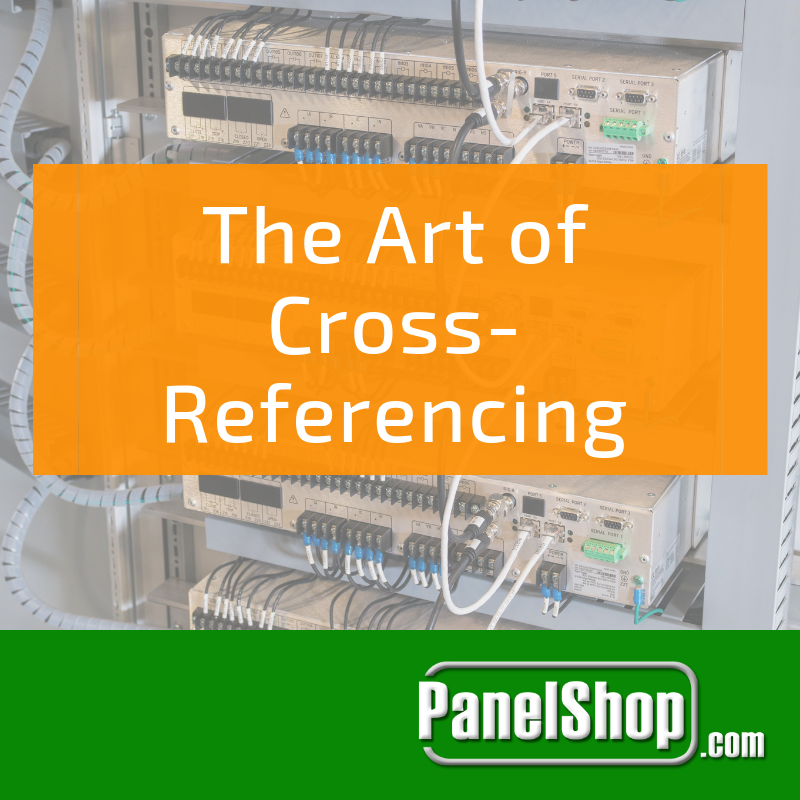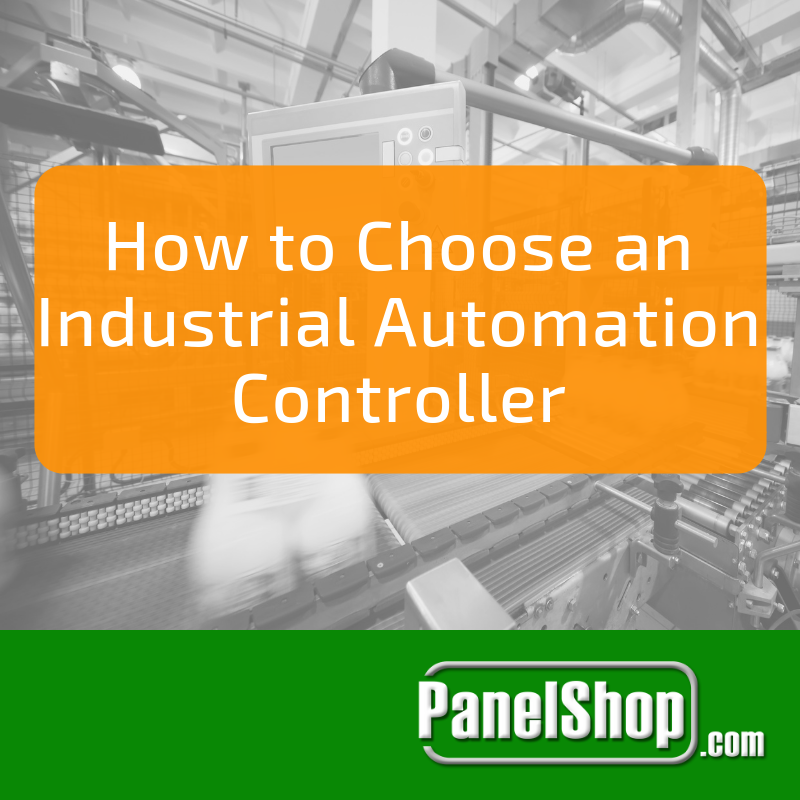
If you were in the manufacturing and automation industry during and before the 1960’s you likely had a couple of problems. First was the music, and second was that every machine was hardwired through relays. But all was solved with Creedence Clearwater Revival and the PLC.
Although these solutions were simultaneous, there’s a big difference between the two: where CCR reached a peak and faded out relatively quickly, PLCs are still getting better after 50 years of being around. With the industry of consumer electronics ever-improving, the programmable logic controllers are following in line and continuously becoming smaller, better, faster, and stronger.
With the specific software and growing power it possesses, PLCs have taken over the world's manufacturing industries. Along the way, it’s fought Microsoft Windows-based IPCs and traditional relays and timers. To each challenger, it proved to have the better size, capabilities, and price. But where can the functions of PLCs go from here?
Trends in PLCs
We’re all aware of the exponential growth that the cell phone underwent since the ‘80s. The PLC has borrowed much of the innovations from devices such as the cell phone, but not every advancement can be translated to the industrial purpose controllers. PLCs are meant to be in rough and demanding conditions. Only the technology that is reliable, stable and durable can make it to the workplace.
One trend that will continue into the future will be increasing storage. Solid state memory is becoming small and cheap while retaining its storage space. This will allow for more local data storage than there ever was in automation controllers.
USBs
USB is another trend in the world of consumer electronics that made its way into manufacturing. USB drives and SD cards can be an easy fix to memory shortages in your controllers, with 32 GB storage quickly dropping in price. PLCs can also easily connect to a network now so you may not even need to touch a PLC to do maintenance.
PACs
Another popular automation controller is the PAC, which is similar to a PLC as it is also programmable, but it’s meant for a much heavier load. Where a PLC controls one machine, a PAC can operate an entire floor but is much larger and expensive. But as PLCs are becoming cheaper and more powerful, the line between the two are becoming blurred.
Digital Computing
There is so much that a PLC can become in the future and it may seem bright for it, but perhaps the PLC may have a darker fate. Just as controllers replaced classic relays, PLCs will likely get replaced by something else. A possible conqueror may be virtual computing. Instead of placing a controller at every machine, there are servers that compute all inputs via the network then returning outputs to receivers on machines. Still, many industrial professionals disagree that PC-based controls could replace PLCs.
Whether PLCs become smaller and faster or are replaced by supercomputers, the hard trend dictates that cheaper, faster, and stronger technology will prevail. PanelShop.com builds custom PLC panels for any system or application. Contact us a free quote and the team will be happy to discuss your project and PLC needs:





